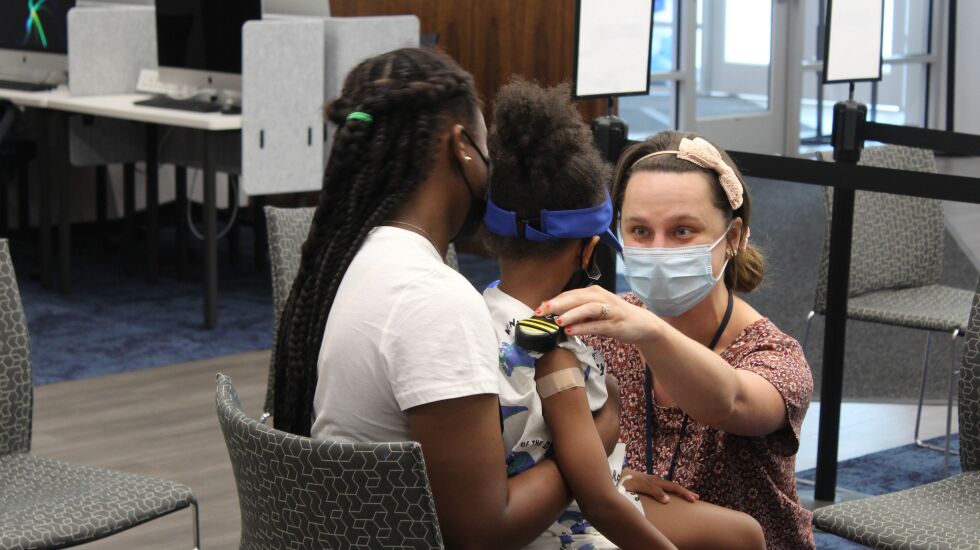
With respiratory illnesses on the rise in Chicago, health care providers are warning that children’s medications may be difficult to find these days as worried parents are facing empty shelves and understocked pharmacies across the city.
“Kids can’t cope with pain like adults,” said Gwen Smith, a mom of three from Chicago’s North Side. “It’d be like torture, in a way, to have to witness your child suffering if your local pharmacy doesn’t have what you need.”
Smith, 33, said it’s especially hard for parents who must waste time, gas and money searching for medications. With reported cases of COVID, RSV and influenza surging, Smith said the shortage of drugs for kids reminds her of the early days of the pandemic when parents were struggling to find baby formula.
Howard Bolling, an independent pharmacist who runs Roseland Pharmacy on the Far South Side, said he recently tried to order children’s amoxicillin from a wholesaler but found he couldn’t purchase it at all.
Normally, Bolling said, he would order the antibiotic and have it delivered the very next day. Now, he said, “I couldn’t even see an availability date for it. If independent pharmacists can’t even access it, don’t even know when it’ll be available, that’s scary to think about.”
Even if amoxicillin was available, he added, the price is much higher, hurting families’ pocketbooks, he said. “Instead of costing $1.89 a bottle for amoxicillin for children, now they’re costing $29.89 a bottle,” Bolling said.
Also, Bolling said doctors aren’t always aware of shortages when they write prescriptions.
When this happens, he said, parents either have to visit another pharmacy or go back and forth between doctors and pharmacists to seek an alternative medication, creating a lag for health care providers and patients - and possibly compromising patient care.
Chain pharmacies like CVS and Walgreens say soaring demand for medications like children’s Tylenol, amoxicillin and Tamiflu has sometimes resulted in empty shelves.
A Walgreen’s representative acknowledged “inventory is moving rapidly.” But Marty Maloney said in an email to the Sun-Times the chain has been able to keep medications in stock.
“Despite increased demand as a result of this year’s severe cold and respiratory virus season, Walgreens remains able to meet customer needs,” Maloney said.
A spokesperson with the Food and Drug Administration said the agency has seen shortages and is working with manufacturers and retailers.
Sterling Elliott, a clinical pharmacist at Northwestern University Feinberg School of Medicine, said relying on alternative medications can also lead to shortages.
“Pharmacies have to constantly figure out, what’s our strategy for dealing with whatever shortage is coming up,” Elliott said. “So a shortage on one agent can lead to a shortage for another agent that’s supposed to be the alternative.”
Physicians should be prescribing medications as wisely as possible, he said. Elliott advised consumers to buy over-the-counter medications within reason and to avoid hoarding.
“Drug shortages have been plaguing this country for years across the board, and now it really hits home because it’s little kids being affected in aisles of grocery stores and pharmacies,” Elliott said. “By and large, the problem has remained very consistent and very persistent.”







